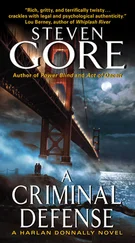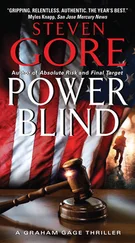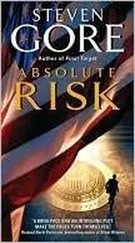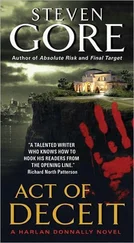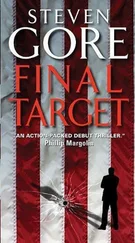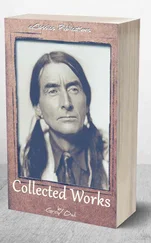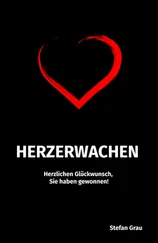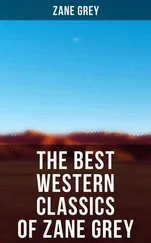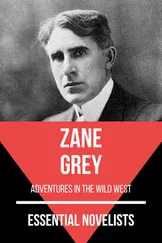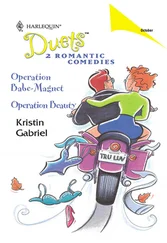at 30,000ft 
Rivet Joint RC-135
(electronic intercept)
at 30,000ft 

Artillery ceiling

EA-6B Prowler
(radio jamming) at 28,000ft 
Nimrod MRA4
(radar surveillance)
at 28,000ft 
E-3 Sentry (AWACS)
(command and control)
at 27,000ft 
B-1B Bomber
(strategic bomber)
at 26,000 ft 
F-15 strike jet
at 23,000ft 
F-16 strike jet 
Mirage 2000 strike jet 
Harrier GR-9 strike jet
at 18,000ft 
Reaper (Green Eyes) UAV 
Predator UAV
at 16,000ft 

Mortar ceiling

A-10 strike jet
at 13,000ft 
‘Spectre’ AC-130
Special forces gunship 
Command Solo C-130
(Psyops broadcasting)
at 12,000 ft 
AH-64 Apache
Attack helicopter
at 3,000 ft 
Chinook
Transport helicopter 
Black Hawk
Transport helicopter
at 1,000ft 
21. The Militia: 4–6 December
On a rocky cliff above the southern Musa Qala wadi, the guardsmen of Chris Bell’s armoured Warrior company scanned the horizon. It was a piercing cold early morning, and under a blue sky the view was crystal clear and spectacular.
Bell’s men and vehicles were dug into old abandoned Russian trenches while apparently oblivious shepherds wandered the slopes around with sheep and goats. ‘The sense of history was palpable,’ recalled Bell. There they were, staring up towards the snow-capped Hindu Kush, the latest ‘in a long line of foreign military expeditions into this corner of the world’.
In the direction of the rising sun the land dropped sharply down to the wide-open Musa Qala wadi, with its patchwork of green opium and corn fields, sprawling mud-brick compounds and ditches and trees on either side of a wide riverbed of grey pebbles, rocks, small rivulets and water pools. On the nearside bank was a small dirt road that snaked up 20 miles due north to Musa Qala itself. Across the riverbed, a line of cliffs marked the far side of the wadi and beyond that a stony and empty plateau.
Behind him to the west stretched the grey-and-brown plateau of the open desert, broken up by the incisions of the deep canyons that cut through it like the veins of a leaf. Beyond to the north-west lay the dark, brooding snow-capped peaks of what the soldiers called Crocodile Ridge: a barrier chain of mountains that separated the open desert from the hostile town of Now Zad.
It was in that direction Bell first noticed billowing clouds of dust that meant a convoy of vehicles was approaching. As they got closer, it got stranger and stranger. Driving along the hard-packed mud track under escort from some armoured cars were what appeared to be two large coaches, something like the old Greyhound buses that criss-cross America. Peering through his binoculars, he could see the curtains were drawn. For a moment he had an image in his head of a convoy of strike-breakers under escort.
Bell turned to his second-in-command, Captain Matthew Jamieson, and pointed out the ‘comedy coaches’. They laughed as they watched the buses creaking and bouncing through the rocks towards the wadi. ‘We’ll be called over to recover that lot before too long!’ he said.
What Bell did not then know was he was witnessing a secret operation. The coaches were school buses but they contained not schoolchildren but a militia hired in Kabul. Their mission that day was to provide a guard force for Mullah Salaam, the rebel Taliban chief who was claiming he was switching sides to the Afghan government and would help liberate Musa Qala with his dozens of loyal fighters. Quite why he needed such protection, when he boasted of his own militia, was an open question.
Something about those bedraggled buses had to make everyone who saw them grin. Here was Britain’s biggest operation in Afghanistan. Everyone was tuned up for high drama, blood and bravery. Yet in its first moments there was already that essential element of high comedy.
Sangin district centre, with tactical headquarters, Battle Group North, 4 December, 05.30
The operation to retake Musa Qala had begun at dawn and it had begun the way that Royal Marines like it: with an amphibious assault. After marshalling in the safety of the Sangin district centre, a column of tracked Viking armoured vehicles trundled down to the riverside and then plunged into the cold waters of the Helmand. In the front passenger seat of one of the Vikings was Stuart Birrell, commander of Battle Group North. With him was Major Dan Cheesman’s Bravo Company (who were leaving their base in Sangin in the care of a company of Gurkhas), as well as several trucks of ANA soldiers.
Emerging on the other side, Birrell’s forces turned north. His mission that day was to establish the southern block at the base of the Musa Qala wadi. It was partly the first phase of a deception plan to make the Taliban think the main attack would come from this direction. It was also to start boxing in the Taliban: preventing both reinforcement of Musa Qala from the south and suppressing any diversionary attack by the Taliban down towards Sangin and Gereshk.
Читать дальше
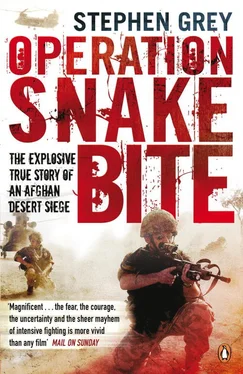


 Artillery ceiling
Artillery ceiling 















